Loose Ankle Knitted Socks
Loose Ankle Knitted Socks
- Dyed by hand with natural dyes
- 60% organic cotton, 30% silk, 10% polyester
- Entirely made in Japan
Low stock: 2 left
Couldn't load pickup availability
Comfortable loose ankle knit socks made out of 85% cotton and elastic yarn with a thick bottom cushion. These socks are knitted in a local Japanese factory from 1951 and every part of the process is done by hand. Each sock is hand-dyed by Zenzen with natural dyes, yielding deep rich colors.
- Organic cotton no pesticides, fertilizers and less water usage.
- Complete Japanese supply chain
- Natural dyes preventing chemical waste water and chemical dyes reaching our skin and pores.
Shipping
Shipping
shipping costs 2000 yen
Product Care
Product Care
The charm of natural dyes lies in it magnificent colors, unevenness and slowly changing overtime. In contrast to chemical dyes, these natural dyed items require a little more attention and love when washing and handling these items. To keep your colors as bright as possible, please pay attention to the following washing instructions.
-How to wash-
It is recommended to launder with ph neutral detergent, which is neither acidic nor alkaline. The natural dyes I use are quite sensitive to unbalanced acidic and alkaline ph levels. Using unbalanced PH detergent could fade or shift the colors of your product.
Both hand wash and the washing machine are fine to use.
Hand wash:
Dissolve a small amount of neutral detergent in lukewarm water and gently press and wash. Keep in water for 15 minutes and done!
Washing-machine
A normal spin with ph neutral detergent is completely fine (In case of vulnerable fabrics, please use hand wash).
After laundering, immediately reshape and flatten the garment, then dry in the shade (natural dyes are vulnerable to the sun and ultraviolet rays, there please dry your garment inside or in the shade).
Please launder separately from white or light-colored items as natural colors may bleed.
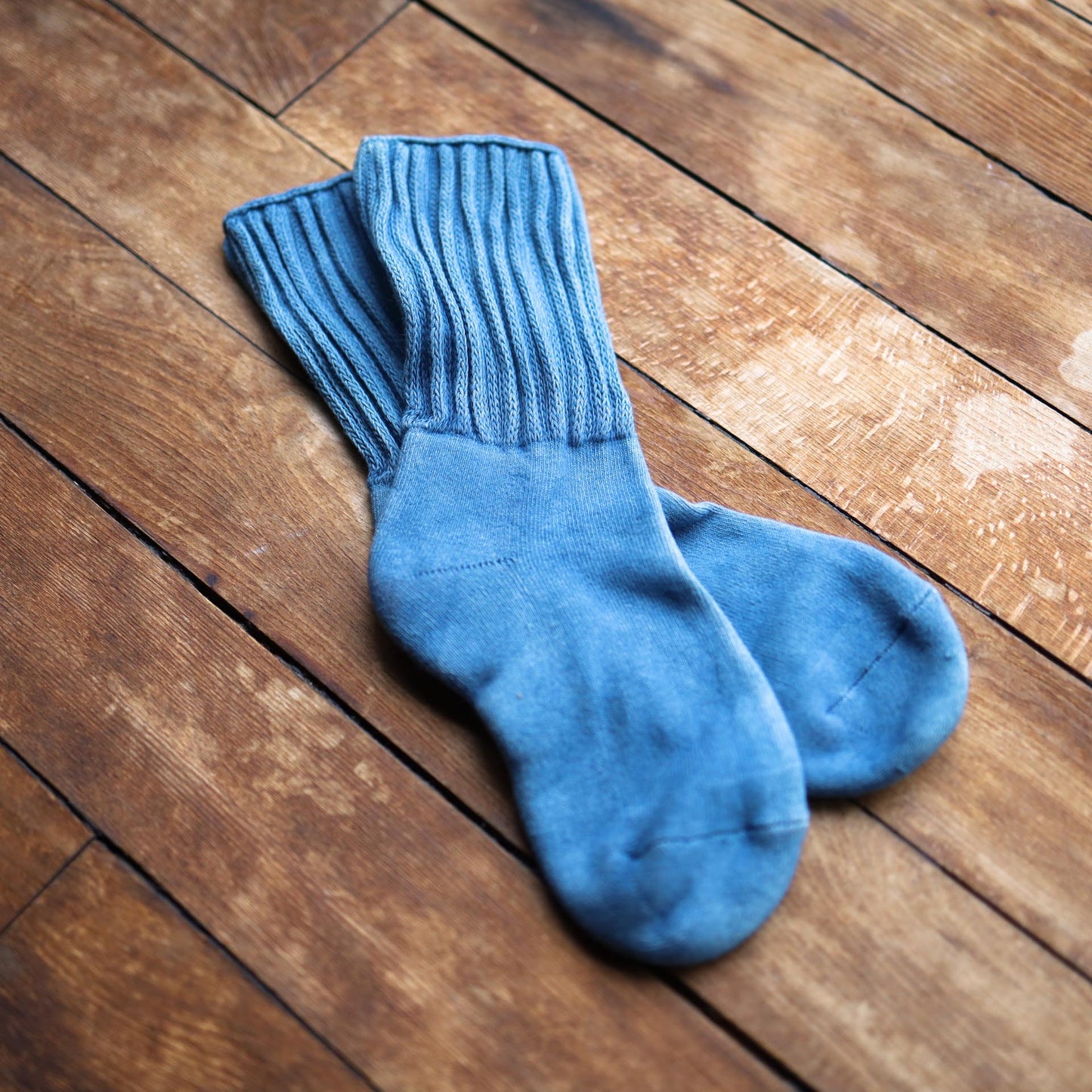
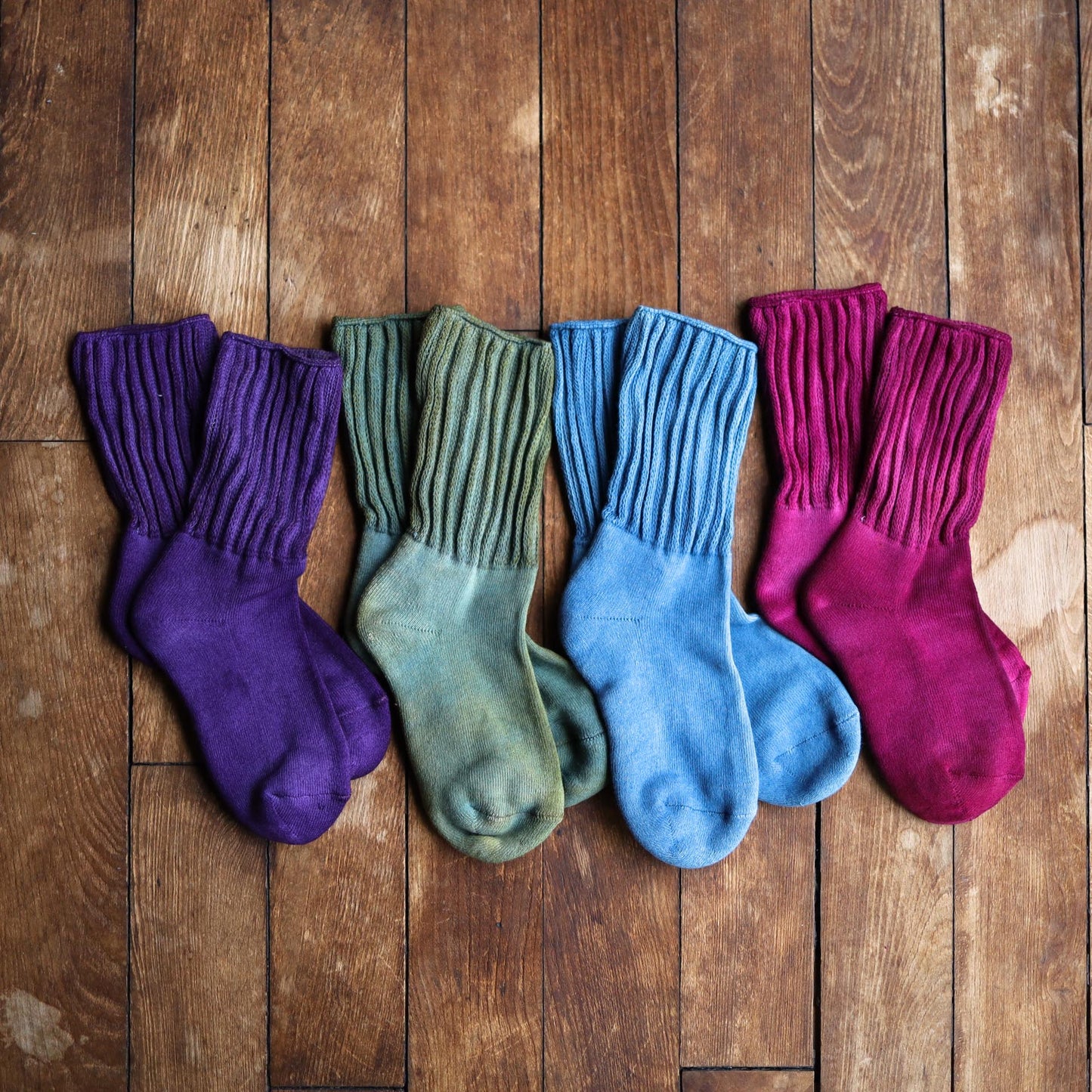
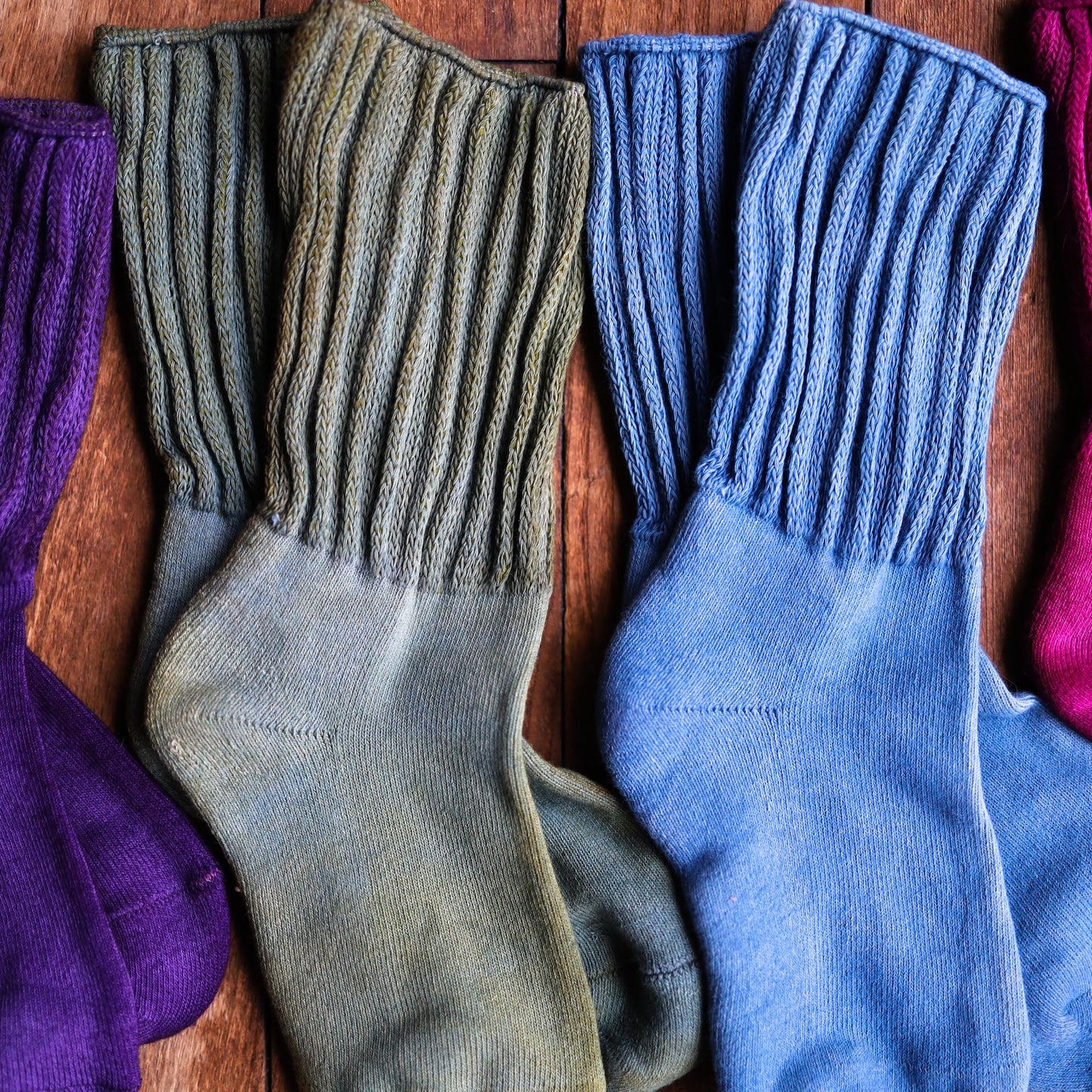

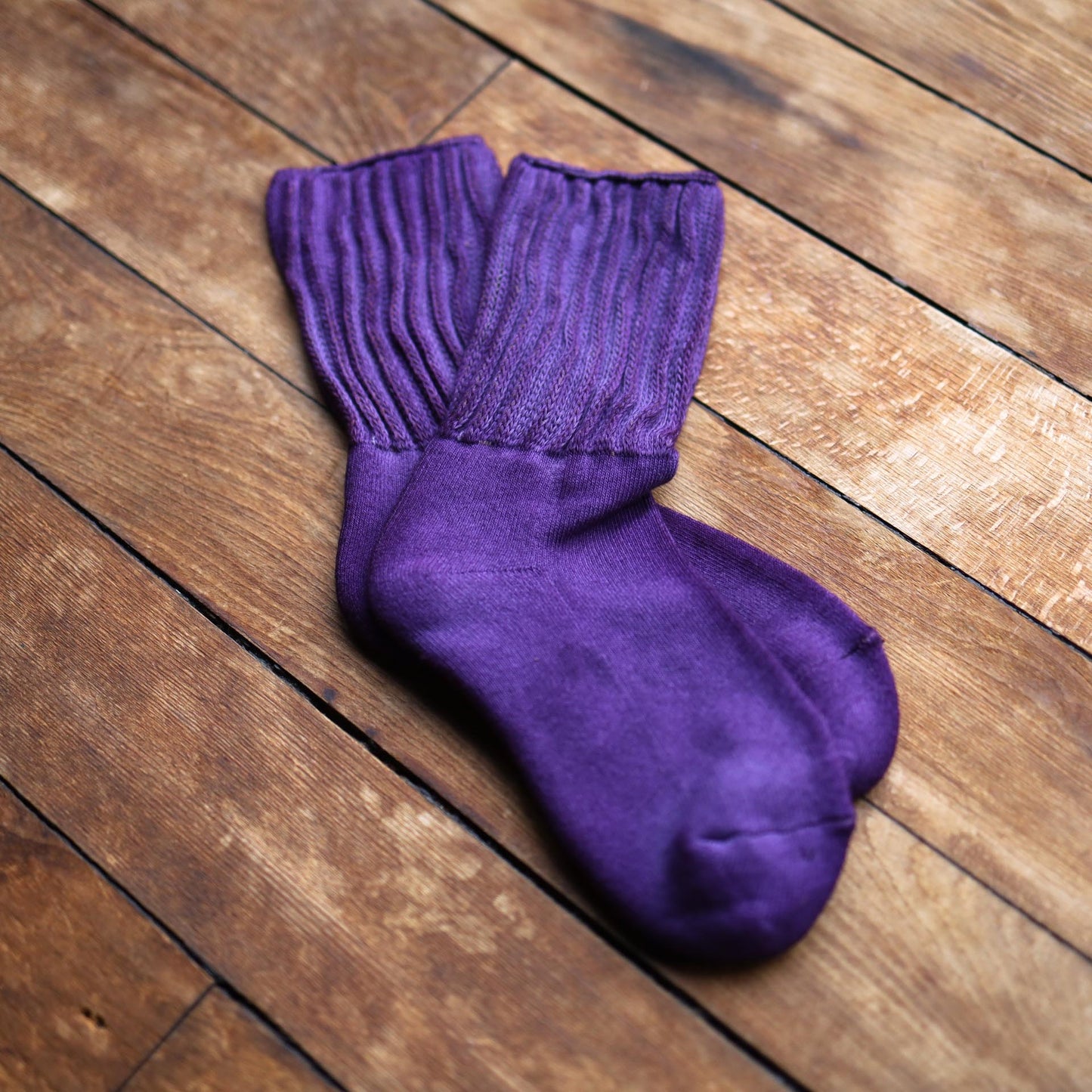
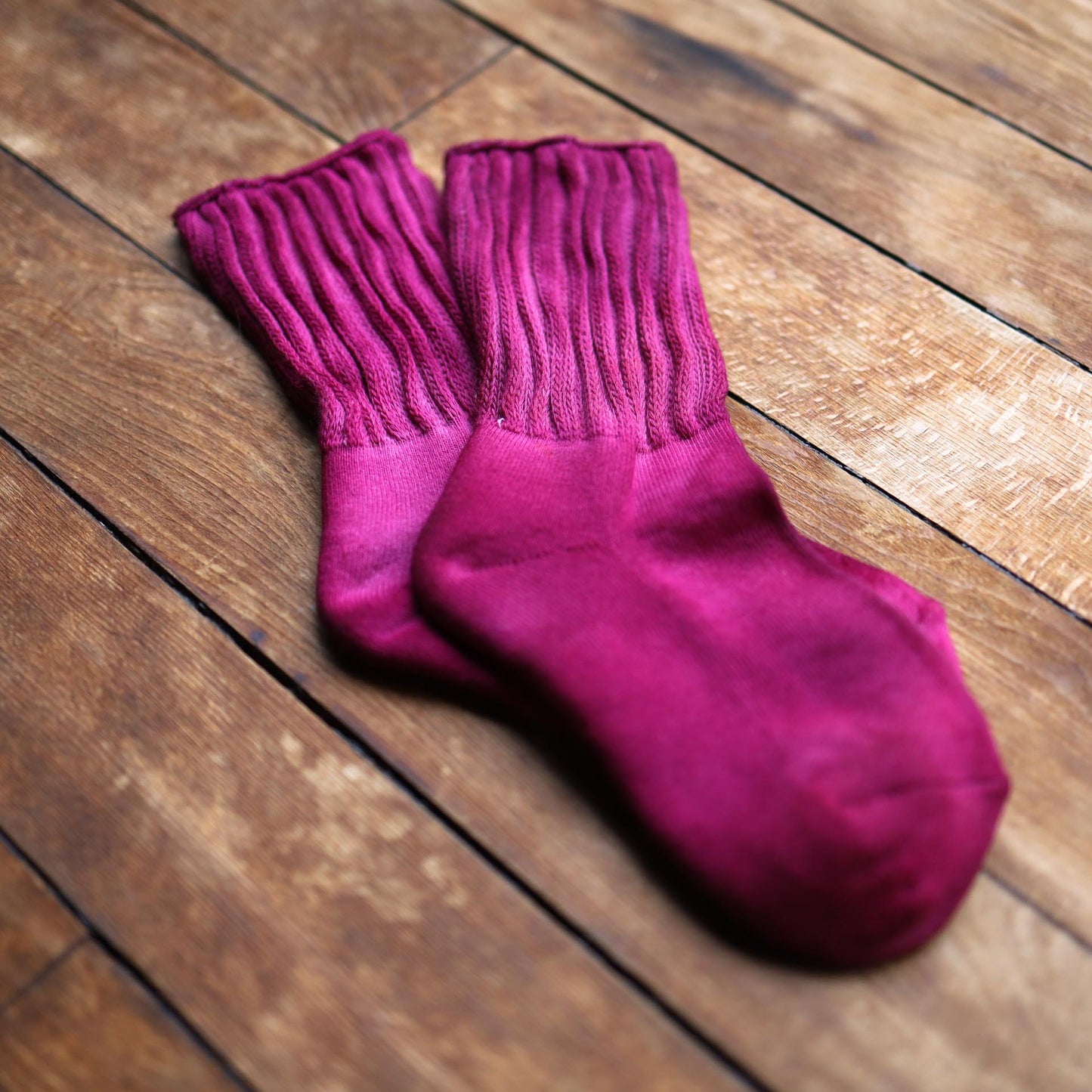
I am not here to tell you what is right or wrong.
ZENZEN represents both positive and negative and I believe that both cannot exist without the other. I am aware that my product supply chain is also not perfect and I am learning along the way. Here I want to present you with some facts about the synthetic dye and clothing industry and what I personally stand for.
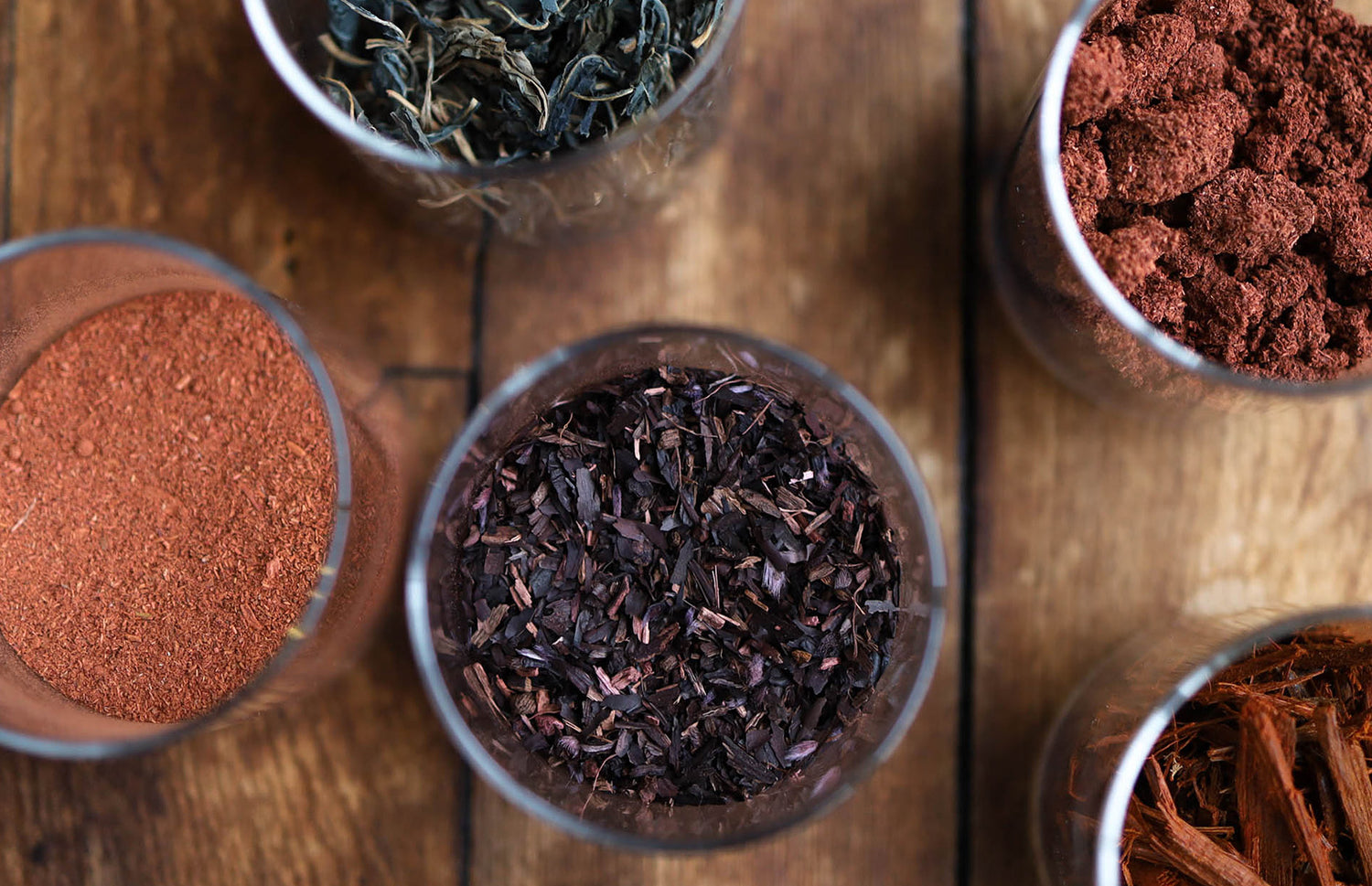
Natural Dyes
Besides plenty of water usage, chemicals are used for dye-adherence, bleaching and anti-shrinkage during the processing phase of natural and synthetic fabrics. 20% of these synthetic dyes are dumped into rivers and non-biodegradable, so they persist in the environment and become long-term polution.
The synthetic dye process turns out to be the biggest polluter in the fashion supply chain.
Natural dyes are all fully biodegradable and won’t harm the environment. They are non-toxic to the maker and the user. Some cultures even believe natural dyes can benefit to our health, like indigo in Japan or Cutch in Ayurveda. Natural dyes are hypoallergenic and less likely to cause allergic reactions.

Organic Cotton
Growing conventional cotton requires a lot of water and insecticides usage.
- Cotton production uses $2 billion worth of pesticides each year, and accounts for 16% of global insecticide use – more than any other single crop.
- From seed to a finished t-shirt, it is estimated that 2700 liters of water are used.
Organic grown cotton decreases the water usage numbers and erases the use of fertilisers and pesticides. The farmers can work in healthy environments, and the soil and air are also kept clean. Strict rules apply for the cleaning and finishing of organic cotton fabrics, which erase more usage of harmful chemicals for the environment and your skin.
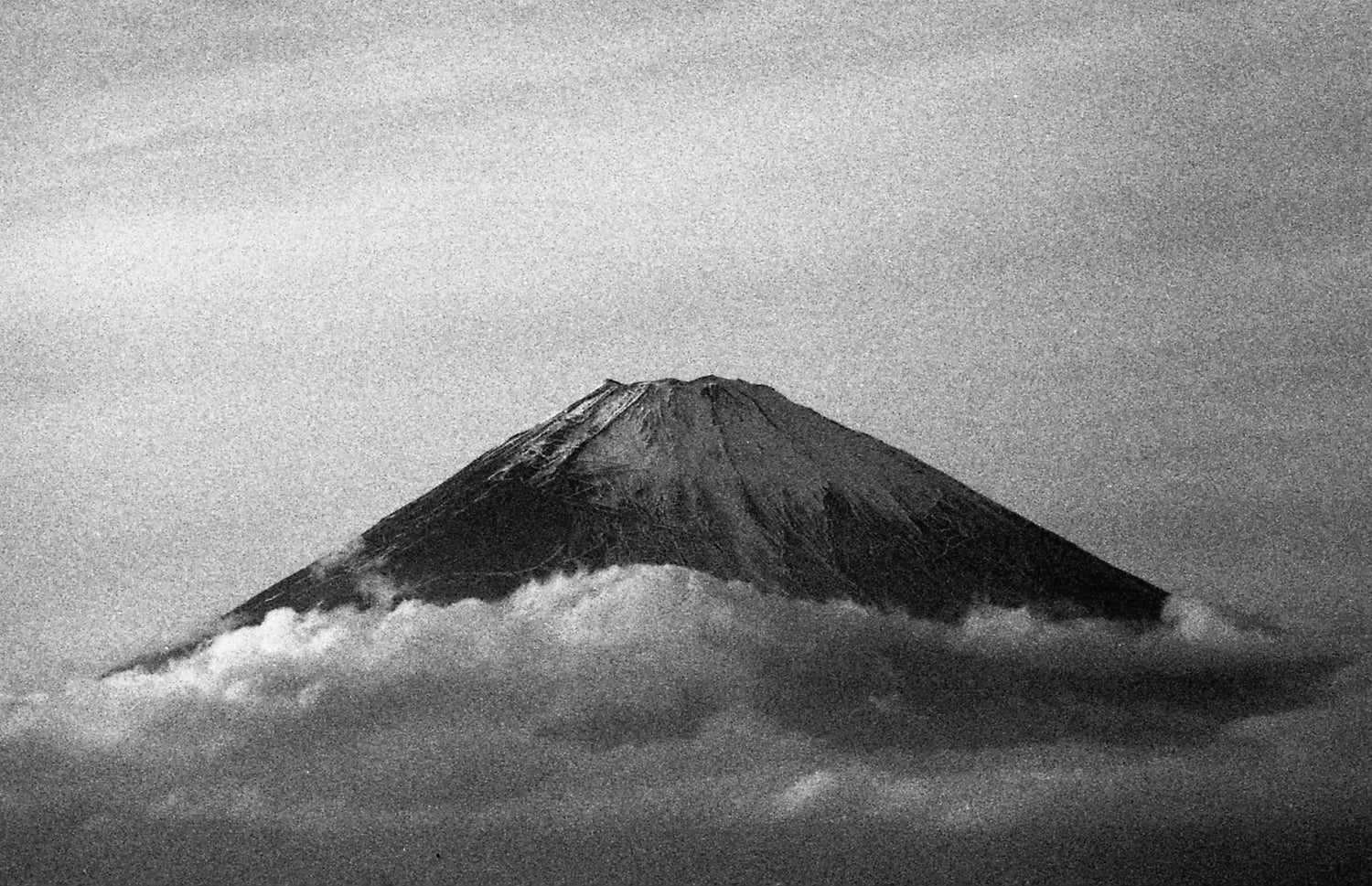
Japanese Supply Chain
Zenzen proudly makes and sources all its products in Japan. By having a local supply chain, I can minimise transportation-related emissions and have control and close contact with my suppliers. Besides, Japanese made products have a strict quality control and value craftsmanship.
Somebody once told me the following joke;
A foreign company placed an order at a Japanese supplier, demanding a max 3% product fault rate on its order. The order arrived in 2 separate boxes, 1 with 97% working products and 1 with 3% faulty products.
I can confirm this.



